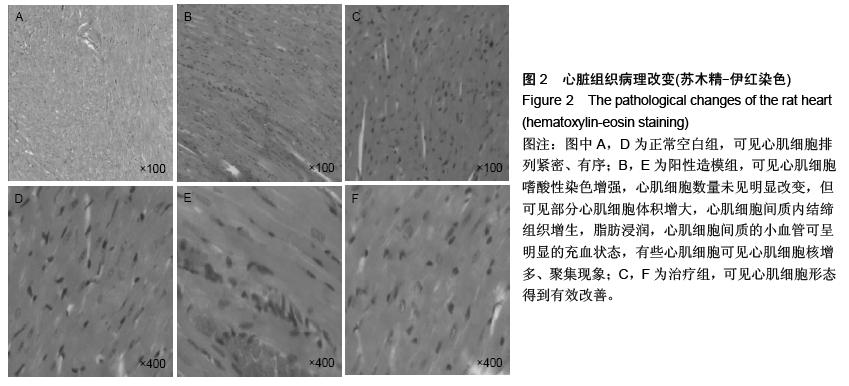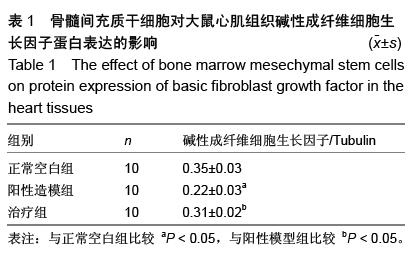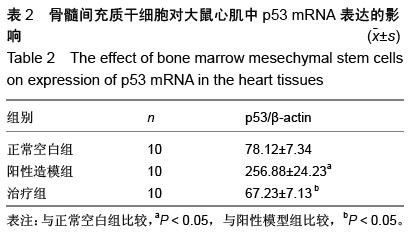| [1] Pagan LU, Damatto RL, Cezar MD, et al. Long-term low intensity physical exercise attenuates heart failure development in aging spontaneously hypertensive rats. Cell Physiol Biochem. 2015;36(1):61-74.
[2] Lu TM, Tsai JY, Chen YC, et al. Downregulation of Sirt1 as aging change in advanced heart failure. J Biomed Sci. 2014;21:57.
[3] Khan H, Kalogeropoulos AP, Zannad F, et al. Incident heart failure in relation to vascular disease: insights from the Health, Aging, and Body Composition Study. Eur J Heart Fail. 2014;16(5):526-534.
[4] Campbell SG, Haynes P, Kelsey Snapp W, et al. Altered ventricular torsion and transmural patterns of myocyte relaxation precede heart failure in aging F344 rats. Am J Physiol Heart Circ Physiol. 2013;305(5):H676-686.
[5] Tasso R, Gaetani M, Molino E, et al. The role of bFGF on the ability of MSC to activate endogenous regenerative mechanisms in an ectopic bone formation model. Biomaterials. 2012;33(7):2086-2096.
[6] Ponte AL, Marais E, Gallay N, et al. The in vitro migration capacity of human bone marrow mesenchymal stem cells: comparison of chemokine and growth factor chemotactic activities. Stem Cells. 2007;25(7):1737-1745.
[7] Liu Z, Liu H, Jiang J, et al. PDGF-BB and bFGF ameliorate radiation-induced intestinal progenitor/stem cell apoptosis via Akt/p53 signaling in mice.Am J Physiol Gastrointest Liver Physiol. 2014;307(11): G1033-G1043.
[8] Bandoh N, Hayashi T, Takahara M, et al. VEGF and bFGF expression and microvessel density of maxillary sinus squamous cell carcinoma in relation to p53 status, spontaneous apoptosis and prognosis. Cancer Lett. 2004;208(2):215-225.
[9] Westwood G, Dibling BC, Cuthbert-Heavens D, et al. Basic fibroblast growth factor (bFGF)-induced cell death is mediated through a caspase-dependent and p53-independent cell death receptor pathway. Oncogene. 2002;21(5):809-824.
[10] 李艳菊,胡亮杉,郭坤元.间充质干细胞在衰老大鼠体内归巢的研究[J].中国老年学杂志,2009,29(7):823-826.
[11] Elder RW, George RP, McCabe NM, et al. Immunologic Aging in Adults with Congenital Heart Disease: Does Infant Sternotomy Matter. Pediatr Cardiol. 2015;36(7): 1411-1416.
[12] Pagan LU, Damatto RL, Cezar MD, et al. Long-term low intensity physical exercise attenuates heart failure development in aging spontaneously hypertensive rats. Cell Physiol Biochem. 2015;36(1):61-74.
[13] Cencioni C, Spallotta F, Mai A, et al. Sirtuin function in aging heart and vessels. J Mol Cell Cardiol. 2015;83: 55-61.
[14] Cowling RT. The aging heart, endothelin-1 and the senescent cardiac fibroblast. J Mol Cell Cardiol. 2015; 81:12-14.
[15] Linton PJ, Gurney M, Sengstock D, et al. This old heart: Cardiac aging and autophagy.J Mol Cell Cardiol. 2015; 83:44-54.
[16] Lipina TV, Dukhinova MS, Serezhnikova NB, et al. Age-related changes in the myocardium of the Japanese quail (Coturnix japonica) as a model of accelerated aging of the heart. Dokl Biol Sci. 2014;458: 319-321.
[17] Ikeda Y, Sciarretta S, Nagarajan N, et al. New insights into the role of mitochondrial dynamics and autophagy during oxidative stress and aging in the heart. Oxid Med Cell Longev. 2014;2014:210934.
[18] Steinmetz NJ, Aisenbrey EA, Westbrook KK, et al. Mechanical loading regulates human MSC differentiation in a multi-layer hydrogel for osteochondral tissue engineering. Acta Biomater. 2015;21:142-153.
[19] Haragopal H, Yu D, Zeng X, et al. Stemness enhancement of human neural stem cells following bone marrow MSC coculture. Cell Transplant. 2015; 24(4):645-659.
[20] Lin QD, Fang BJ, Zhou J, et al. Regulatory effect of As?O?on imbalance between adipogenic and osteogenic differentiation of BM-MSC from patients with aplastic anemia. Zhongguo Shi Yan Xue Ye Xue Za Zhi. 2014; 22(6):1667-1672.
[21] Koch M, Lehnhardt A, Hu X, et al. Isogeneic MSC application in a rat model of acute renal allograft rejection modulates immune response but does not prolong allograft survival. Transpl Immunol. 2013; 29(1-4):43-50.
[22] Hagmann S, Moradi B, Frank S, et al. FGF-2 addition during expansion of human bone marrow-derived stromal cells alters MSC surface marker distribution and chondrogenic differentiation potential. Cell Prolif. 2013;46(4):396-407.
[23] Battula VL, Bareiss PM, Treml S, et al. Human placenta and bone marrow derived MSC cultured in serum-free, b-FGF-containing medium express cell surface frizzled-9 and SSEA-4 and give rise to multilineage differentiation. Differentiation. 2007;75(4): 279-291.
[24] Li JF, Yin HL, Shuboy A, et al. Differentiation of hUC-MSC into dopaminergic-like cells after transduction with hepatocyte growth factor. Mol Cell Biochem. 2013;381(1-2):183-190.
[25] Yamachika E, Tsujigiwa H, Matsubara M, et al. Basic fibroblast growth factor supports expansion of mouse compact bone-derived mesenchymal stem cells (MSCs) and regeneration of bone from MSC in vivo. J Mol Histol. 2012;43(2):223-233.
[26] Tamama K, Kawasaki H, Wells A. Epidermal growth factor (EGF) treatment on multipotential stromal cells (MSCs). Possible enhancement of therapeutic potential of MSC.J Biomed Biotechnol. 2010;2010: 795385. |
.jpg)



.jpg)
